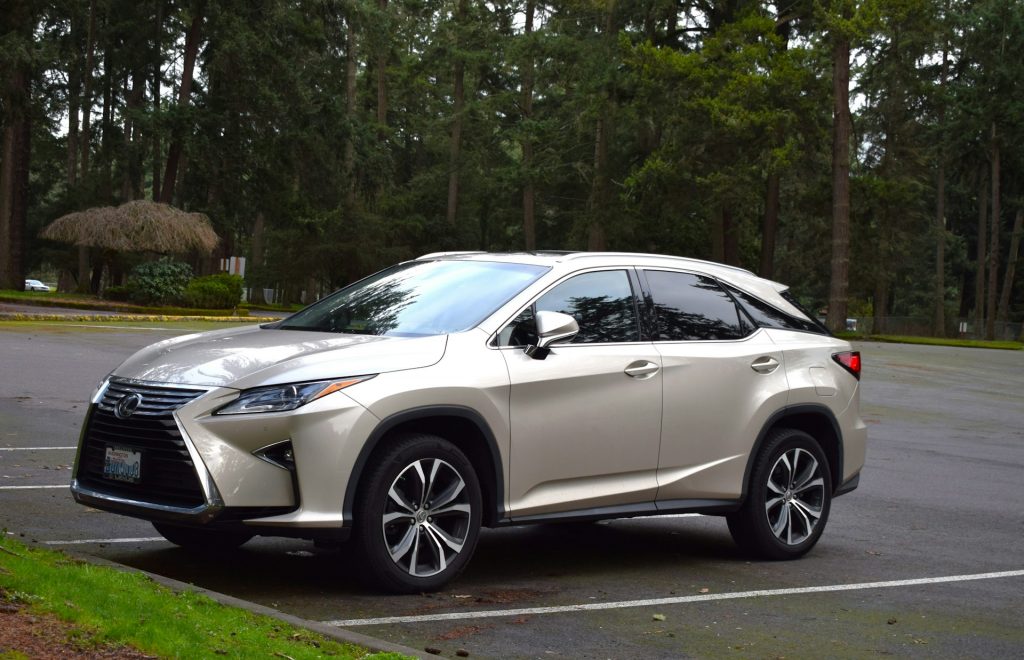
A Small Lexus with Big Expectations
Lexus has long been associated with luxury, but can its smallest SUV, the Lexus LBX, live up to its premium reputation? With a starting price of £29,995, this compact crossover aims to bring the Lexus experience to a new audience. But does it stand out enough in a competitive segment? Let’s take a closer look.
A Confusing Name, But a Clear Mission
Lexus model names often feature an “X,” and the LBX follows suit. Positioned below the RX, NX, and UX, it’s the brand’s most compact crossover yet. The name LBX stands for “Lexus Breakthrough Crossover,” which, according to the company, signifies a departure from convention, much like the LFA supercar did for performance. Lexus hopes this model will attract younger buyers and become one of its best-selling vehicles.
Skeptics may argue that the LBX is just a rebadged Toyota Yaris Cross with a hefty markup—at least £5000 more. While both cars share Toyota’s TNGA-B platform and hybrid powertrain, Lexus insists that the LBX has been independently developed and refined for better ride quality and handling. Furthermore, its exterior styling does not reveal its connection to the Yaris Cross, giving it a distinct identity.
Trim Levels and Features
The LBX lineup offers seven trim levels, with prices varying based on equipment and drivetrain options. The Premium Plus Design trim we tested sits fourth in the hierarchy, costing £35,595—£5500 more than the base model but still £5000 below the top-tier version, which includes all-wheel drive.
Standard features on entry-level models include 17-inch wheels, a 9.8-inch touchscreen infotainment system, and automatic high beams. The Premium Plus Design trim upgrades to 18-inch wheels, a 12.3-inch touchscreen, a head-up display, blind-spot monitoring, heated front seats, a wireless phone charger, and a powered tailgate. Higher trims introduce premium 18-inch alloys and a Mark Levinson sound system for audiophiles.
Performance and Efficiency
Under the hood, the LBX comes with a single hybrid powertrain—a 1.5-liter three-cylinder petrol engine paired with an electric motor. The system delivers a combined output of 134bhp, allowing the vehicle to accelerate from 0 to 62mph in 9.2 seconds. Fuel efficiency is impressive, with an official rating of 61.4mpg, making it a practical choice for urban driving.
However, in an era where plug-in hybrids and fully electric vehicles are becoming standard, the absence of such options in the LBX lineup feels like a missed opportunity. Despite Toyota and Lexus being pioneers in hybrid technology, the brand has chosen not to introduce an electric or plug-in version of the LBX. Still, Lexus expects this model to account for a third of its total UK sales, suggesting that customers remain receptive to hybrid technology.
Space and Practicality
As a compact crossover, the LBX prioritizes city-friendly dimensions. While it’s easy to maneuver and park, interior space is a mixed bag. The rear seats may feel cramped for taller passengers, particularly on long journeys. However, for everyday commutes and moderate-sized adults, the cabin remains comfortable.
For families, the practicality of fitting a child seat was a concern, particularly regarding front passenger legroom. However, for those who primarily drive solo or with occasional passengers, the LBX offers a balanced blend of premium features and urban-friendly proportions.
Final Thoughts
The Lexus LBX aims to redefine expectations for small luxury SUVs. While its pricing may raise eyebrows, the extensive feature list and refined driving experience justify the premium over its Toyota counterpart. The lack of an electrified variant might be a drawback for some, but strong fuel efficiency and hybrid reliability keep it relevant.
For urban drivers seeking a compact yet premium crossover, the LBX presents an intriguing option. Whether it truly achieves “breakthrough” status remains to be seen, but Lexus is certainly betting on it becoming a game-changer in its segment.




